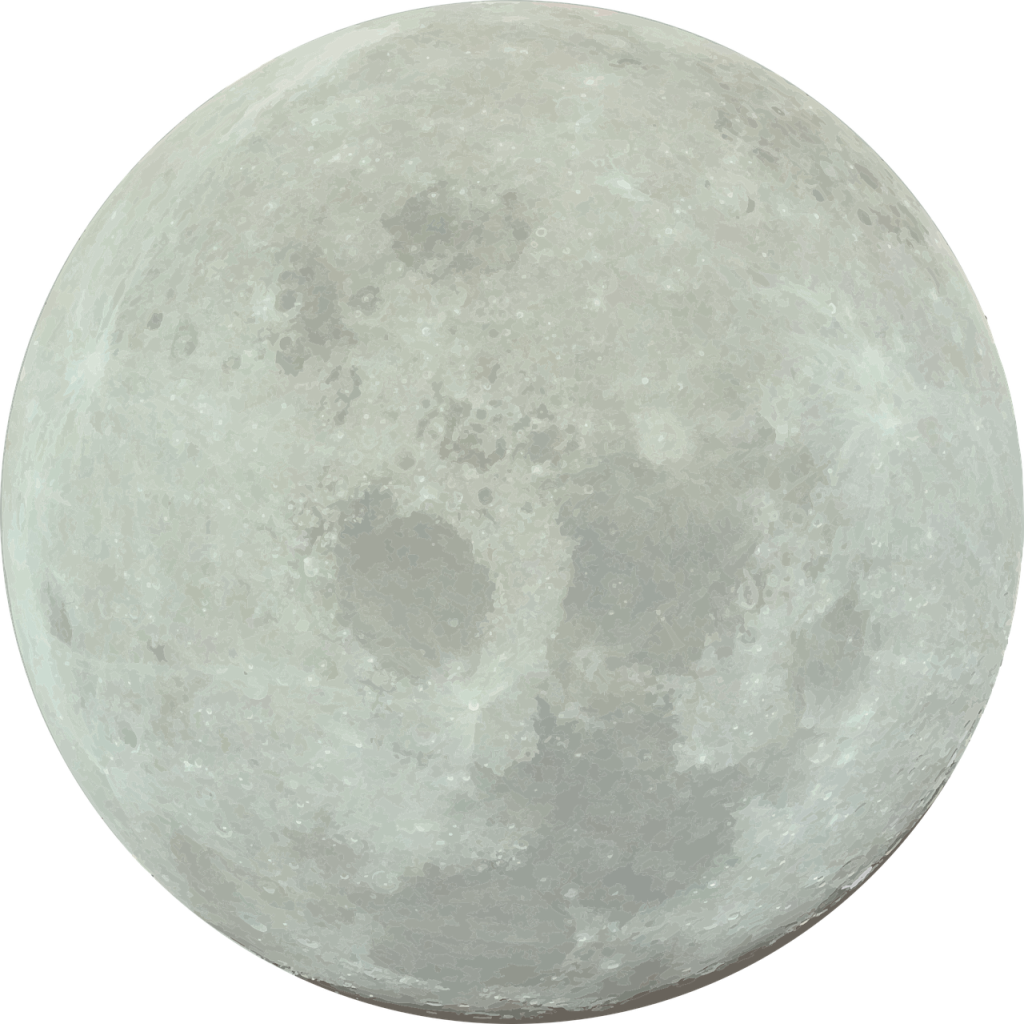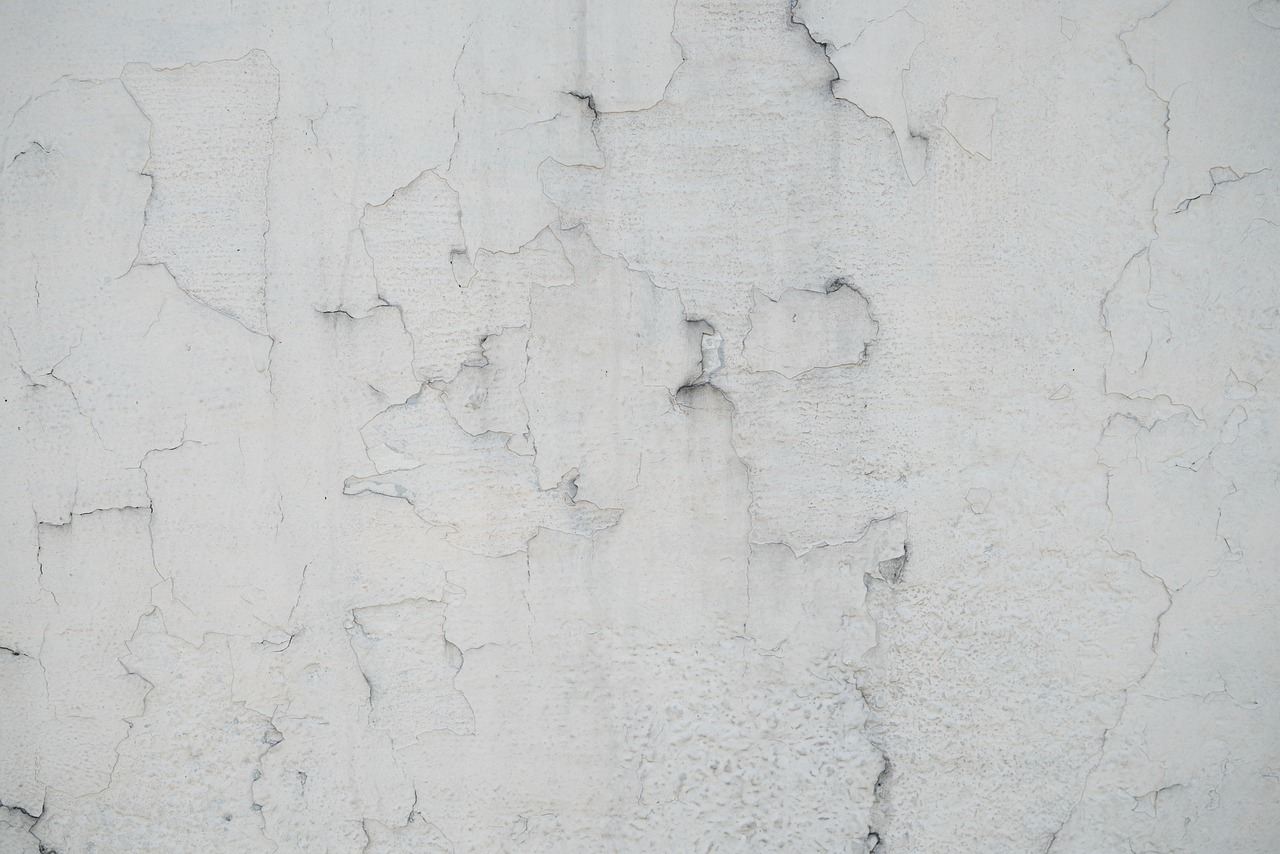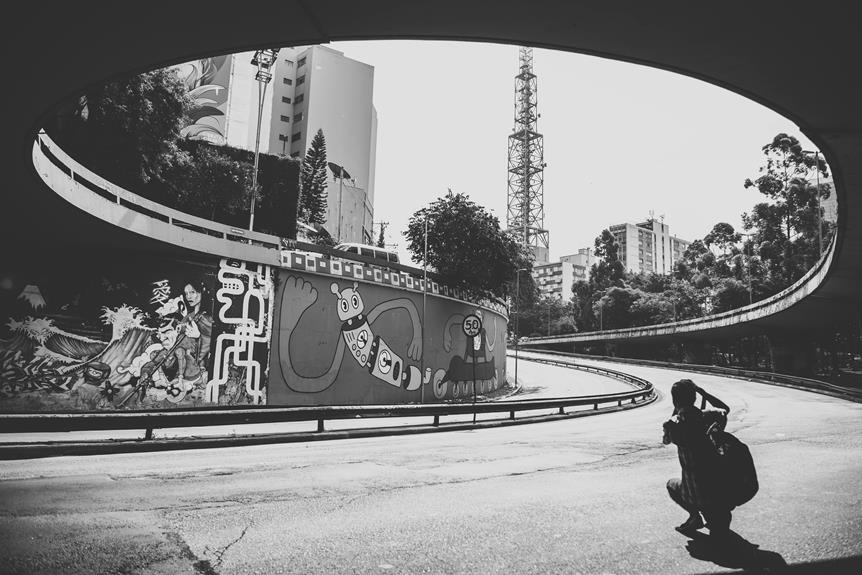Moon Art

Moon art beautifully intertwines mythology and contemporary artistry. You’ll often find it showcasing lunar phases, celestial bodies, and night skies. Historically, ancient cultures used the moon in rituals and stories, while artists like Van Gogh and Monet infused it with emotional depth. Techniques range from traditional oils and watercolours to digital software like Photoshop. Notable works include Luke Jerram’s “Museum of the Moon”, blending science with evocative symbolism. Modern moon art encapsulates themes of love, femininity, and mysticism, resonating deeply with our natural world. To further appreciate these intricate connections and evolving techniques, explore the fascinating diversity of moon art.
Key Points
- Moon art often showcases lunar phases, celestial bodies, and night sky scenes.
- Salvador Dali’s surreal interpretations highlight the moon’s mysterious allure.
- Luke Jerram’s Museum of the Moon installation features detailed NASA imagery.
- Artists use techniques like acrylics, oils, watercolours, and digital software for intricate designs.
- Moon art symbolizes mystery, romance, and emotional connection in modern culture.
History of Moon Art
Throughout history, moon art has captivated diverse cultures, reflecting the celestial body’s profound influence on human creativity and symbolism. You’ll find that the evolution of moon art demonstrates its cultural significance across time and geographies.
Ancient civilizations often depicted the moon in their mythologies and rituals, imbuing it with spiritual meaning. As artistic techniques advanced, moon representations became more intricate and varied.
Artists like Vincent van Gogh and Claude Monet brought emotional depth to their lunar depictions, while Salvador Dali’s surreal interpretations highlighted the moon’s mysterious allure. The moon’s phases and textures have continuously inspired artists, from traditional paintings to contemporary digital creations, showcasing its enduring impact on human imagination and artistic expression.
Popular Moon Art Themes
Moon art themes often revolve around the enchanting depictions of lunar phases, celestial bodies, and evocative night sky scenes.
You’ll find that popular designs frequently showcase the moon’s varied phases, employing diverse colors and textures to highlight its celestial beauty. These works often integrate lunar landscapes and mystical symbolism, reflecting deeper cultural beliefs and emotional states.
Symbols of love, femininity, and mysticism are prevalent, enhancing the art’s evocative nature. This connection to lunar phases not only brings forth a sense of intimacy and romance but also evokes a profound link to the natural world.
Techniques and Mediums
Artists employ a diverse array of techniques and mediums to capture the moon’s allure and symbolism in their works. Traditional art forms like painting use acrylics, oils, watercolors, or pastels to explore texture and depth.
In contrast, digital art employs software such as Photoshop or Procreate, allowing for intricate, precise designs. Texture exploration is essential in both mediums, providing different artistic interpretations of the moon’s surface.
Photographers utilize various lenses and editing techniques to highlight the moon’s phases and colors, adding another layer of symbolism in moon art. Mixed media artists blend materials like paper, fabric, and found objects, creating pieces rich in texture and meaning.
Each approach offers a unique perspective on the moon’s enigmatic presence.
Famous Moon Artists
Several artists have famously captured the moon’s mystique, each bringing their unique vision and technique to this celestial theme. Among them, Luke Jerram stands out with his Museum of the Moon installation. This seven-meter diameter sculpture, adorned with detailed NASA imagery, has become a centerpiece in moon art exhibitions globally.
Jerram’s work isn’t just visually striking; it also embodies profound moon art symbolism, representing love, mysticism, and emotional connections across cultures. His installation hasn’t only garnered a place in prestigious museum collections but has also inspired charitable initiatives and funding for community projects.
Through his art, Jerram has deepened our collective appreciation and understanding of the moon’s enduring allure.
Moon Art in Modern Culture
Building on the rich legacy of artists like Luke Jerram, moon art in modern culture continues to captivate audiences with its potent symbolism of mystery, romance, and emotional connection.
Lunar-themed artworks evoke feelings of intimacy and unity, resonating deeply with a wide audience. The moon’s historical association with passion and love inspires artists across various mediums.
For instance, moon art prints and posters, such as ‘Moon River’ and ‘Crescent Moon Ocean Wave,’ offer a celestial touch to home decor, adding tranquility and beauty.
The enduring appeal of lunar imagery highlights its unique ability to foster an emotional connection, making moon art a timeless and universal motif in contemporary artistic expression.
Frequently Asked Questions
What Does the Moon Symbolize in Art?
You’ll find the moon in art symbolizes emotional resonance, uniting themes of intimacy and romance. Its cultural significance spans femininity and cyclicality, often linked to lunar deities, making it a timeless source of inspiration for artists.
What Is the Museum of the Moon Made Of?
You’ll find the Museum of the Moon is made of a seven-meter spherical sculpture. It features high-resolution NASA imagery of the moon surface, internally lit, and includes surround sound composition, creating immersive lunar exhibitions for visitors.
What Does the Sun Painting Mean?
The sun painting symbolizes celestial influence, representing energy and liveliness. You’ll find that artists’ interpretations capture its power and radiance, reflecting cultural beliefs and evoking emotions like joy and optimism through vibrant colors and dynamic compositions.
Conclusion
You’ve explored the evolution of moon art, from its historical roots to its modern manifestations. Popular themes often reflect mankind’s fascination with the moon’s mysteries and beauty.
Techniques and mediums have diversified, showcasing artists’ creativity. Renowned moon artists have left indelible marks on the art world.
Today, moon art remains deeply ingrained in modern culture, symbolizing both scientific curiosity and artistic inspiration. Your appreciation of moon art now encompasses its rich, multifaceted legacy.
Author: Rupert Ulrich

